Marijuana, or cannabis*, has gained a lot of attention in the past decade due to media coverage of the legislations passed around the country to decriminalize and legalize it, both for use as a medical product and for recreational purposes. This has unfortunately led to a misperception of the risks associated with marijuana use, especially by adolescents.
The marijuana plant, which has been grown for many millennia, has more than 400 known chemical compounds in it. The two main compounds of concern are delta-9-tetrahydrocannabinol (THC) and cannabidiol (CBD).
Delta-9-tetrahydrocannabinol and its effects
Delta-9-THC is a psychoactive compound, and the concentration of delta-9-THC determines the potency of marijuana. Over the last few decades, the THC concentration in marijuana has increased by at least 15%. The rise in use of electronic vaping devices or “vapes” for consuming cannabis products — 6-fold in high schoolers from 2014 to 2020 — has also changed attitudes around cannabis use. Vapes provide an easy way to consume cannabis and are concealable, often not even emitting the distinctive smell of marijuana.
These changes in marijuana potency and the use of vapes are more harmful to children and adolescents than adults. Adolescents are more likely to experiment with marijuana whose THC potency is higher. Some of these products can have a delta-9-THC concentration that is more than 90%. In comparison, more traditional marijuana products contain around 15-20% THC.
Children are also more likely to experience the negative effects of cannabis, including:
- Anxiety and depression
- Increased risk for psychosis and schizophrenia
- Addiction to marijuana
- Memory problems
- Decrease in problem solving abilities
- Lung problems related to vaping
CBD products
CBD products also flourished in the market after specific laws were passed legalizing it in 2018. These products are often advertised with claims of curing acne, cancer and mental health issues. However, there continues to be limited scientific evidence to back these claims.
The U.S. Food and Drug Administration (FDA) has approved one CBD product in children called EPIDIOLEX. It is currently limited for use in treatment of three rare forms of seizures. There have also been newer studies showing promising results for CBD in the treatment of anxiety, sleep problems and self-injurious behaviors in children with autism spectrum disorder, but further research is needed in this field.
CBD products that are available over the counter are not regulated by the FDA or other national organizations, which raises concerns around mislabeling of products, contaminants and adulterants etc. CBD also has significant side effects that must be taken into consideration, such as sleepiness, fatigue, nausea, vomiting, diarrhea and, more dangerously, liver injury. There have also been reports of seizures in toddlers resulting from CBD.
The emergence of delta-8 and delta-9-THC
More recently, products, especially vapes, containing delta-8-THC and delta-10-THC have started becoming readily available in the market. While delta-9-THC is the major psychoactive ingredient in the marijuana plant, structurally similar compounds called delta-8-THC and delta-10-THC are found in smaller quantities in the marijuana plant. These alternate delta products are now being isolated and grown as plants which fall under the category of “hemp.”
There are currently no federal laws governing the sale of these products and they are easily available in stores and online. They are often sold to unsuspecting adolescents. While we do not yet know the short term and long-term impacts of using products that contain delta-8 and delta-10-THC, reports are already emerging of children presenting to the emergency room with symptoms of vomiting, hallucinations, psychosis, trouble standing and loss of consciousness.
Adolescent experimentation with marijuana
While it may be common to write off some experimentation with marijuana or cannabis products as normative adolescent experience, the evolving landscape of cannabis products and the use of electronic vaping devices has changed how cannabis can affect the body and the brain. Rampant misinformation on this topic has decreased the perception of harm amongst adolescents.
If you do come across your adolescent experimenting with cannabis, it may be time to talk to them about evidence-based information around the harms of using cannabis. You can also reach out to your health care provider for resources.
Additional resources
*For the purposes of this article, “cannabis” is used as an all-encompassing term to represent all products that are derived from the marijuana plant.
 https://riseandshine.childrensnational.org/wp-content/uploads/2025/05/child-having-tantrum-feature.jpg
300
400
webteam
https://riseandshine.childrensnational.org/wp-content/uploads/2017/11/childrens_riseandshine_logo.jpg
webteam2025-05-07 15:54:412025-05-07 16:19:29Helping autistic children manage big feelings
https://riseandshine.childrensnational.org/wp-content/uploads/2025/05/child-having-tantrum-feature.jpg
300
400
webteam
https://riseandshine.childrensnational.org/wp-content/uploads/2017/11/childrens_riseandshine_logo.jpg
webteam2025-05-07 15:54:412025-05-07 16:19:29Helping autistic children manage big feelings









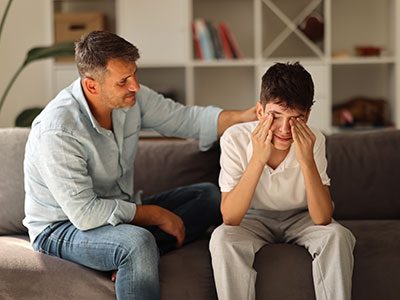




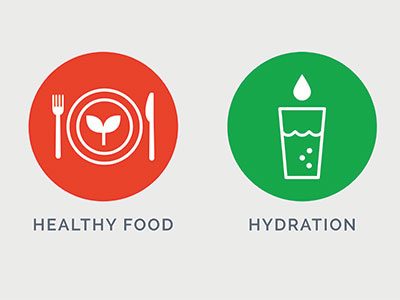


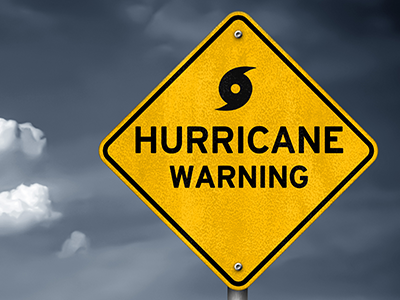
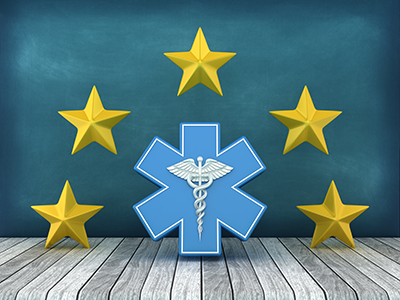

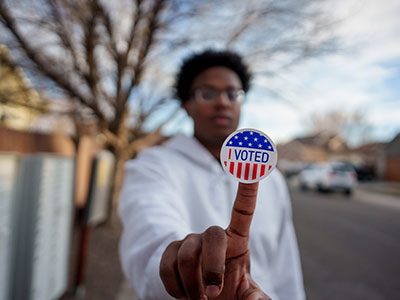
Leave a Comment
Want to join the discussion?Feel free to contribute!